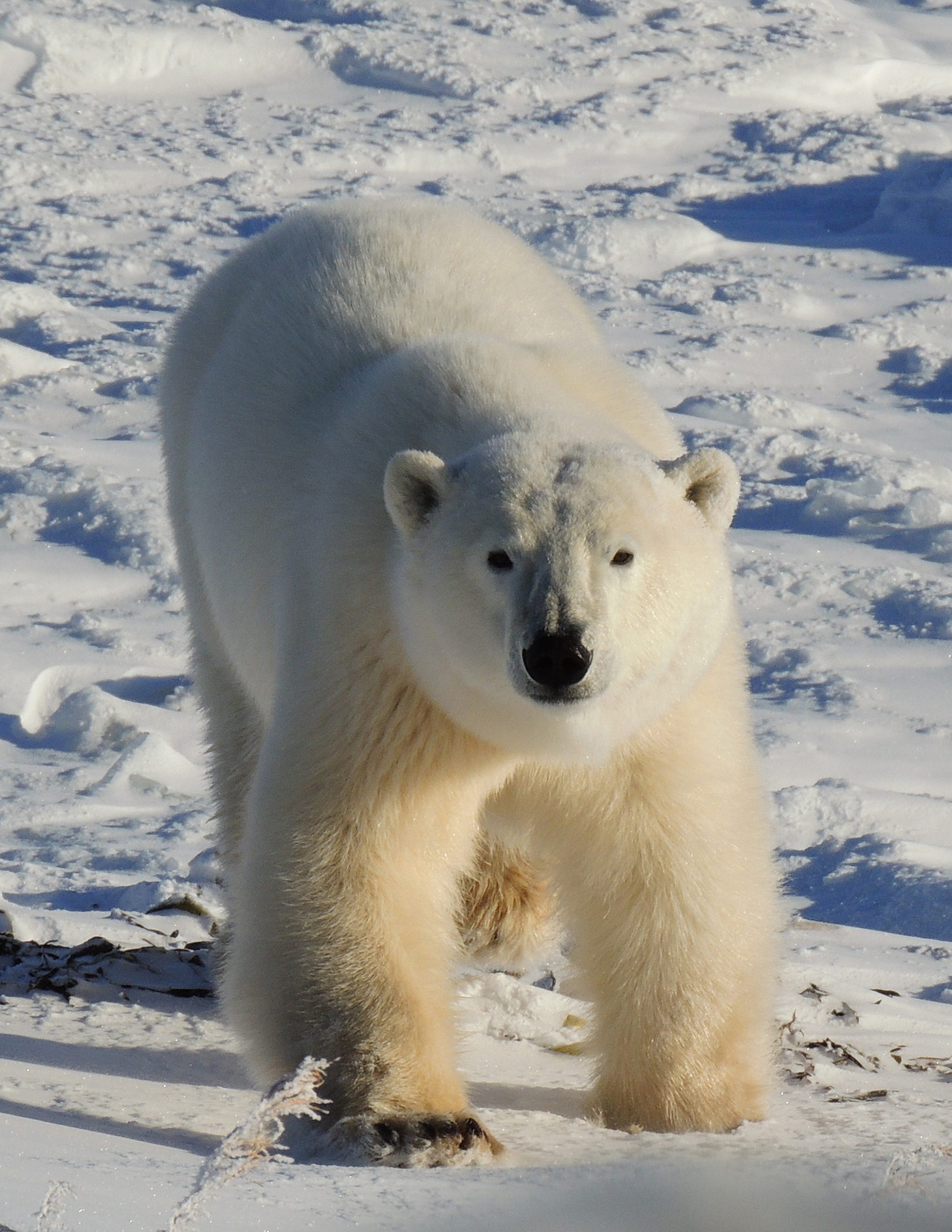Marine Protected Areas May Fail as Ocean Temperatures Rise
New Research Reports 2050 as Year
When Ocean Areas Become Uninhabitable
MELBOURNE, FLA. — The sanctuary afforded by Marine Protected Areas is no match for warming ocean temperatures caused by greenhouse gas emissions, new research from Florida Institute of Technology and the University of North Carolina has found. The devastation from these disrupted ecosystems could lead to extinctions of some of the world’s iconic animals, a drastic loss of biodiversity, and catastrophic changes to oceanic food-webs.
The research, “Climate change threatens the world’s marine protected areas,” was published today in the journal Nature Climate Change. You can find the article here.
It reports that most marine life in Marine Protected Areas (MPAs) will not be able to tolerate warming ocean temperatures caused by greenhouse gas emissions. The greatest risk is to MPAs in the Antarctic and Arctic, in the northwest Atlantic, and newly designated reserves in the Galápagos Islands. The Florida Keys National Marine Sanctuary has already seen a substantial proportion of its corals succumb to bleaching and infectious diseases, both of which are related to high ocean temperatures.
“With warming of this magnitude, we expect to lose many, if not most, animal species from Marine Protected Areas by the turn of the century,” said lead author John Bruno, a biologist at the University of North Carolina-Chapel Hill.
MPAs have been established as havens to protect polar bears, penguins, corals and other marine life from human activities such as fishing and oil extraction. The study found that with continued ‘business-as-usual’ emissions, the protections won’t help: By the year 2100, warming and reduced oxygen concentration in the water—an impact of warming—will make the MPAs uninhabitable by most species living in them.
The study, which was supported by the National Science Foundation, is a collaborative effort among ocean scientist Rich Aronson from Florida Tech; Bruno from the University of North Carolina; Steven Amstrup, chief scientist of Polar Bears International; and scientists from other institutions in the U.S. and the United Kingdom. It predicts that under the Intergovernmental Panel on Climate Change’s Representative Concentration Pathway 8.5 emissions scenario, known as the business-as-usual scenario, MPAs will warm an average of 2.8 degrees Celsius (or 5 degrees Fahrenheit) by 2100.
The study also estimated the year in which Marine Protected Areas in different regions would cross critical thresholds beyond which most species wouldn’t be able to tolerate the change. For many areas in the tropics, this will happen as soon as the middle of the 21st century.
“There has been a lot of talk about establishing marine reserves to buy time while we figure out how to confront climate change,” Aronson said. “We’re out of time, and the fact is we already know what to do: We have to control greenhouse gas emissions.”
###





